23 October 2025
Malaghan PhD student Caitlin Dorset is uncovering how our immune system fights off a common fungal infection, caused by Aspergillus fumigatus, and what happens when it’s forced to battle the flu at the same time.
Every day, our bodies fend off an astonishing variety of microscopic invaders, from viruses and bacteria to fungi, often without us even realising it. Yet most research looks at these infections in isolation, as if our immune system only ever had a single battle to fight.
PhD student Caitlin Dorset is taking a different approach.
“I’m investigating how the immune system responds to a common fungal infection caused by Aspergillus fumigatus, and how this response might change when the immune system has to simultaneously fight flu,” says Caitlin, who is part of Dr Kerry Hilligan’s lab.
“While viruses and bacteria often dominate the conversation about infectious disease, fungi rarely receive the same attention, even though they are all around us and can cause serious illness in people, especially those with weakened immune systems.”
Fungi have evolved alongside humans for millions of years, shaping and being shaped by our immune defences. Yet despite this long coexistence, modern medicine still struggles to treat fungal infections. They are difficult to diagnose and even harder to treat. Unlike bacteria or viruses, fungi are more closely related to humans on the evolutionary tree. This similarity means drugs that kill fungi can also harm human cells, leading to toxic side effects.
The World Health Organization has warned that fungal infections, including from Aspergillus fumigatus are a growing health threat and need to be researched. No vaccines exist, and data on how many people are affected remains limited because infections are so often missed or misdiagnosed.
Caitlin’s work is helping fill this gap, revealing how our immune system interacts with Aspergillus fumigatus and paving the way for better treatments to protect those most at risk.
Aspergillus fumigatus is a common mould that can be found throughout the environment, including in soil, plant matter and household dust.
Most people can inhale many of these spores on a daily basis. In a healthy individual, the immune system will clear them from the body without a problem. However, for some, including those who are immunocompromised, inhaling Aspergillus fumigatus spores can lead to a potentially severe infection.
“For most people, the immune system clears Aspergillus fumigatus with ease. But how does the immune system do this? And what happens when the immune system has to simultaneously fight another infection, such as the flu? These are questions we are trying to answer,” says Caitlin.
“This work could uncover molecules that act as natural boosters for the immune system.”
“Its spores are tiny, small enough to slip past the body’s usual defences in the nose and throat and settle deep in the lungs.”
There, in the delicate air sacs called alveoli, the immune system comes face to face with the intruder.
“The fungus carries telltale molecular patterns on its surface, made up of sugars such as beta glucans and mannans. These act like signals, alerting the immune system that something foreign and potentially dangerous has entered the lungs. Almost immediately, the body raises the alarm.”
Immune cells called neutrophils are among the first to respond, racing to the site of infection. They release sticky webs that trap the fungal spores and stop them from spreading further. At the same time, alveolar macrophages, the resident immune cells of the lungs, spring into action. They release reactive oxygen molecules that make the environment hostile to the fungus, preventing it from growing and helping to clear it from the lungs.
Caitlin’s research follows this battle in detail, looking at what happens in the first few hours after infection and how the immune system eventually restores balance once the threat is cleared. By understanding this journey from invasion to recovery, her work is revealing how the body keeps fungi in check and what happens when the immune system is simultaneously preoccupied by another infection such as the flu.
“This work could uncover molecules that act as natural boosters for the immune system. These could form the basis of new vaccine ingredients, known as adjuvants, that enhance how our bodies respond to infection,” says Caitlin.
Originally from Tauranga, Caitlin moved to Wellington in 2015. Her interest in science began at a young age after undergoing several surgeries for a hip condition. Spending so much time in a medical environment sparked her curiosity about how treatments work and inspired her to pursue a path aimed at developing safer and more effective therapies, particularly for people living with chronic illness.
Caitlin’s PhD research is an extension of her Master’s project which she completed earlier this year, graduating with distinction from Te Herenga Waka – Victoria University of Wellington. “While my Master’s was about creating viable models to test co-infection, my PhD is digging deeper, enabling us to characterise our immune response in more detail.”
“Since starting this project, I’ve realised just how fascinating fungi are. The more I learn about fungi, the more I realise how much they can teach us about the immune system. There is still so much we do not know, and that makes this work exciting.”
Related articles
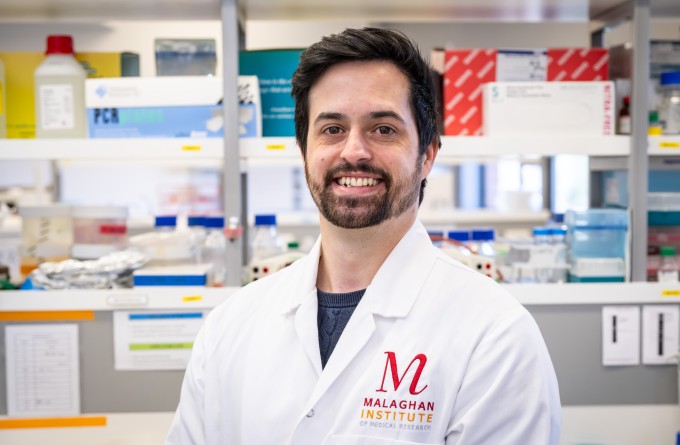
How a quirk of the immune system may play a big role in protecting us from disease
18 December 2025
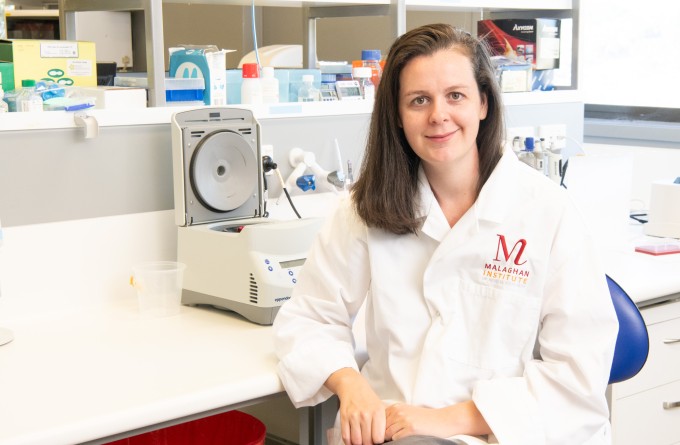
The nose knows: new research explores next generation of nasal vaccines
2 December 2025
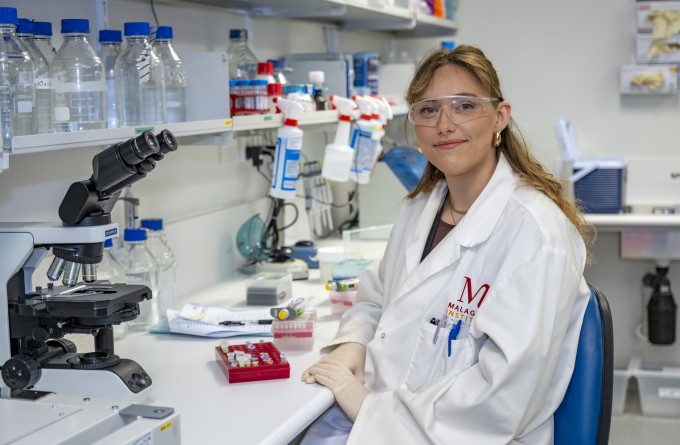
Tracking the journey of the shapeshifting bacteria behind stomach cancer
19 November 2025
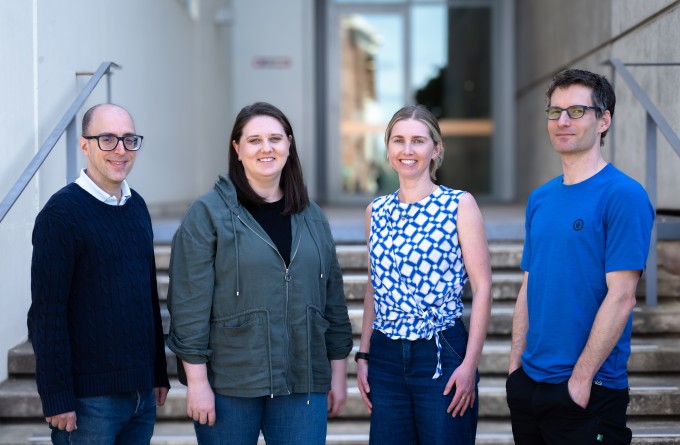
Marsden funding to drive discovery and innovation in cancer, allergy and infectious disease research
5 November 2025
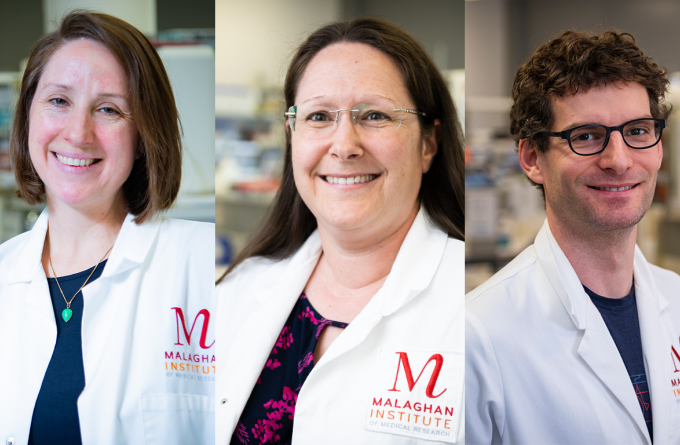
New funding supports cutting-edge research into immune cell metabolism
13 October 2025
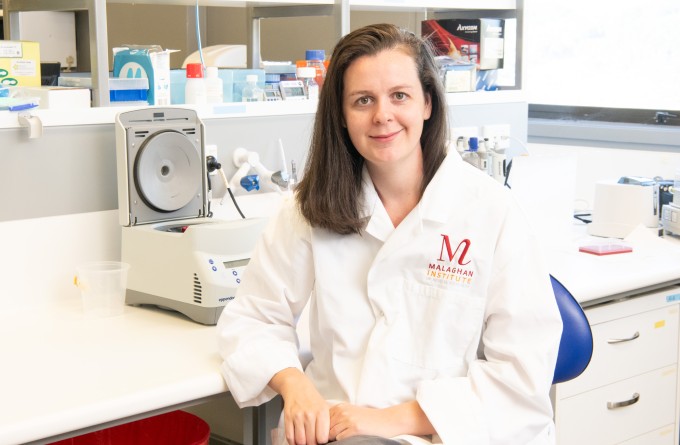
The Detail: The viral drift of misinformation
29 September 2025
